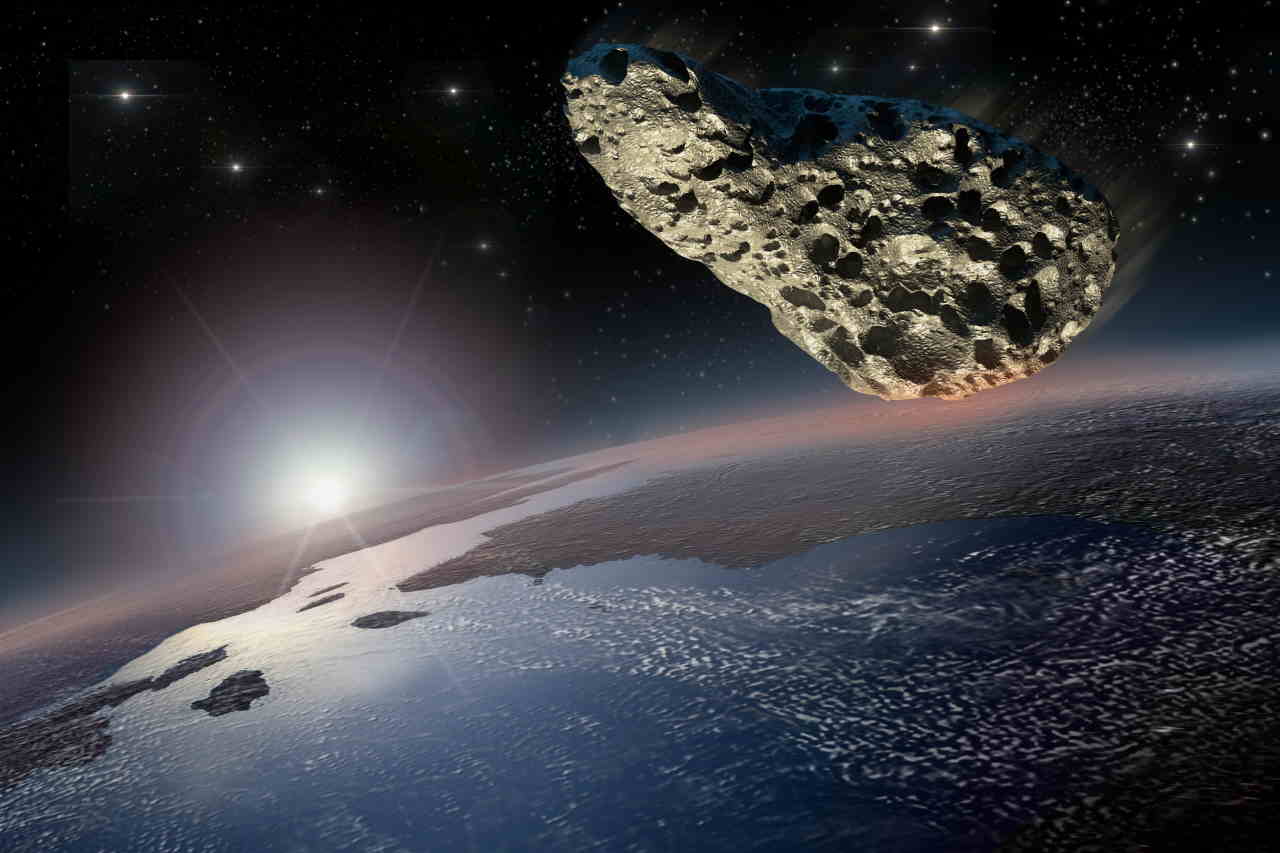Un piccolo asteroide, ribattezzato 2022 EB5, ha colpita l'atmosfera terrestre due ore dopo essere stato individuato da un astronomo. Il corpo celeste si è disintegrato sulle coste islandesi, per fortuna senza provocare danni.

©3000ad/123rf
Un asteroide è stato scoperto appena due ore prima che colpisse l’atmosfera terrestre. Non è la trama di un film in stile “Don’t look up”, ma un fatto accaduto realmente lo scorso venerdì.
A individuare il corpo celeste, nominato 2022 EB5, l’astronomo ungherese Krisztián Sárneczky un paio di ore prima dell’impatto, avvenuto al largo delle coste islandesi. Una volta segnalato, il sistema di valutazione del rischio di impatto “Scout” della NASA si è subito attivato per calcolare la traiettoria dell’asteroide.
Siamo stati in grado di determinare le possibili posizioni dell’impatto, che inizialmente andavano dalla Groenlandia occidentale fino al largo delle coste della Norvegia – spiega Davide Farnocchia, ingegnere di navigazione del Jet Propulsion Laboratory che ha sviluppato il sistema Scout. – Man mano che più osservatori seguivano l’asteroide, i nostri calcoli relativi alla sua traiettoria e alla posizione dell’impatto sono diventati più precisi.
Alla fine il piccolo asteroide – dal diametro di circa 2 metri – si è disintegrato sulle coste dell’Islanda intorno alle 22 (ora italiana), producendo una luminosa palla di fuoco. Un affascinante spettacolo che per fortuna non ha causato danni sulla Terra, ma secondo gli esperti alcuni frammenti potrebbero essere finiti in mare.
ASTEROID JUST HIT EARTH: Discovered-photographed-destroyed. Boom-boom-boom. March 11th was an eventful day for asteroid 2022 EB5. Hungarian astronomer Krisztián Sárneczky discovered the asteroid at 19:24 UT. Italian astronomer Enrico Pettarin photographed the asteroid at 20:28 UT.The asteroid destroyed itself at ~21:22 UT when it hit Earth's atmosphere off the coast of Iceland, disintegrating harmlessly as a bright fireball. The entire sequence of events took less than 2 hours.The explosion was detected by Comprehensive Nuclear Test Ban Treaty Organization infrasound stations in Greenland and Norway. Combining data from the two locations, University of Western Ontario astronomer Peter Brown estimates that "the asteroid exploded with an energy close to 2 kilotons of TNT. Assuming a speed of 15 km/s, it must have been about 3 meters in diameter," he says.This is only the 5th time an asteroid was discovered just before it hit Earth. The others were 2008 TC3 (Sudan), 2014 AA (Atlantic Ocean), 2018 LA (Botswana), and 2019 MO (Puerto Rico). All were small space rocks that did no damage when they broke up in our planet's atmosphere. 2022 EB5 appears to be the smallest yet, and demonstrates that humans are getting better at finding potentially dangerous asteroids before they strike.
Posted by The Watchmen's Earth and Space connection on Sunday, March 13, 2022
Secondo quanto riferito da Peter Brown, astronomo della University of Western Ontario, l’asteroide 2022 EB5 ha prodotto un’energia prossima a 2 kilotoni di TNT. Come sottolineato anche dalla NASA, l’asteroide 2022 EB5 è il quinto piccolo corpo celeste ad essere scoperto poco prima dell’impatto sulla Terra.
Seguici su Telegram | Instagram | Facebook | TikTok | Youtube
Fonte: NASA
Leggi anche:



